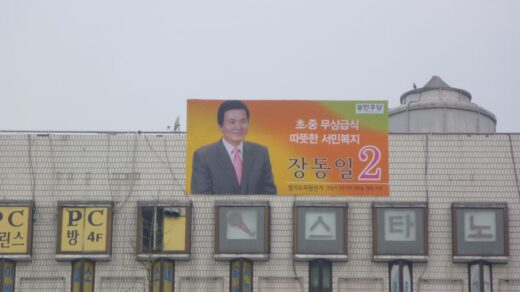Around 60-70% of the Korean vocabulary is derived from Chinese. Long ago, Korean was even written using only the Chinese script. However, the Korean writing system (called “hangul” in Korean) has become the standard in today’s world, even though Chinese characters (called “hanja” in Korean) still make frequent appearances in Korean text.
Every Korean is registered in the national family register system and most Korean names and locations have Chinese character equivalents. These are often written in hanja, and older registers that we are occasionally asked to translate are even handwritten in mixed script like this:

As late as the 80’s and 90’s, the important words in some Korean documents intended for an educated audience would be represented in Chinese characters. Today, it is rare to find a technical document for translation less than twenty years old with this kind of mixed script writing though.
Chinese characters are sometimes used just for the effect. We include hanja on business cards to denote basic words like “city” and “state” since they look fancy. Hanja is found in a variety of common phrases, and ceremonial documents like wedding invitations, awards and envelopes for giving monetary gifts are often written in mixed script.
Here’s is “Happy New Year” written only in hangul:
새해 복 많이 받으세요!
This is what it looks like as usually written on greeting cards:
새해 福 많이 받으세요!
Keep in mind that the use of hanja doesn’t change the pronunciation or meaning at all; just the way in which the words are written. Korean uses Traditional Chinese characters, not the Simplified Chinese of modern China.
When writing Korean words with homonyms that could lead to confusion or if wanting to provide deeper insight into the original meaning, the writer may write hanja in parenthesis after the Korean to clarify. Here is a segment from a recent newspaper article [EXPIRED LINK REMOVED: https://www.chosun.com/site/data/html_dir/2017/04/16/2017041601781/]
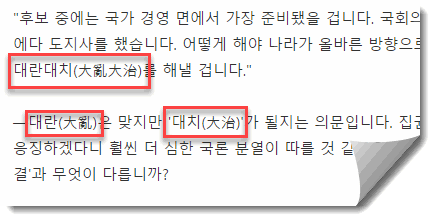
It is not a coincidence that this is from the Chosun Daily, which is a conservative newspaper for educated readers. Many years ago when more newspapers used Chinese characters, I was not able to read them, and so I practiced my Korean reading with the Hankyoreh, a left-wing publication that has never used Chinese characters, presumably to make it more accessible to a wider readership.
You won’t find many Chinese characters in our translations. Here are the instructions we follow on page 12 of our Style Guide.

Finally, Windows has a nifty feature for those unable to read Chinese characters. The IME Pad is available on Windows installations that support Korean and it can be reached from the taskbar.
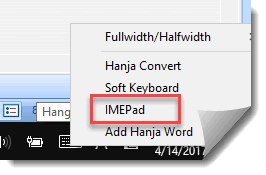
The following shows the IME Pad with the character for “king” drawn in with the mouse. On the right, the user can see various possibilities, and can get the meaning and Korean character to match (and even the Unicode value!) by clicking on the correct one.
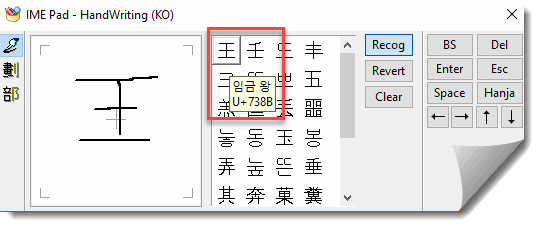
Likewise, in Word, by right-clicking on any Korean character, the user can view a list of possible Chinese characters for the respective Korean character.
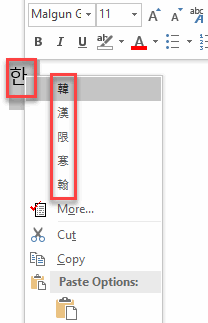
Korean Translation Tip – If you have a Korean document written in mixed script, you don’t need one translator for the Korean and another for the Chinese. Just hire one Korean-to-English translator who can read hanja to translate the whole thing.

